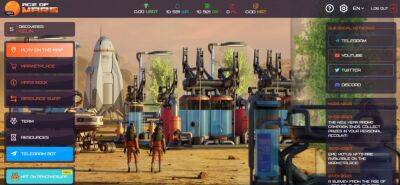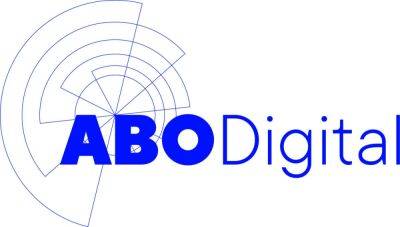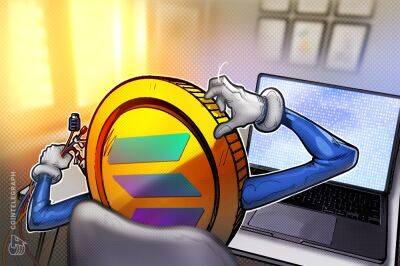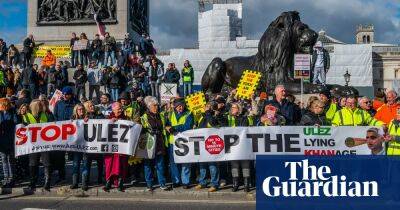Takeaways from Davos: Blockchain is changing the way we fight for sustainability
The COP has also created tools to prevent climate doomsday. Such economic tools as voluntary and compliance carbon markets, carbon credits, green bonds and other green assets tied to positive environmental impact play a crucial role in decarbonization global efforts. However, they are often inaccessible to small and medium-sized companies from developing countries. The main reasons are high upfront costs and complex structuring processes in line with global green standards.
Positive and negative impacts on the environment have to be forecasted and described according to approved methodologies. This information is used for the future monitoring and reporting and is verified by assurance providers. That’s where greenwashing or deceptive eco-claims may occur. On-chain verification brings data immutability and transparency, stimulating issuers to meet their green commitments.
It is an open secret that the issuance of green finance instruments has long been monopolized by the Web2 financial infrastructure players, such as banks, exchanges, registries and standards. So, it is no surprise that Web3 is bringing the most disruption at this stage.
The most obvious Web3 use case in green finance is the transfer of assets from traditional centralized registries to the blockchain via fungible or nonfungible tokens (NFTs). The tokenization of carbon credits pioneered by DAO IPCI in 2017 and scaled by Toucan and Klima DAO in 2021 led to the retirement of 20 million tons of CO2 — almost 12% of the annual voluntary carbon market retirement volume. As a protective move, leading carbon standards immediately banned tokenization. This initiated an ongoing public discussion and highlighted the need for a wider approach than increasing liquidity.
Read more on cointelegraph.com











![Cardano [ADA]: This metric could bring about a change in fortune - ambcrypto.com - city Santiment](https://finance-news.co/storage/thumbs_400/img/2023/2/27/57554_rqn4.jpg)










